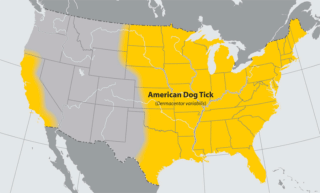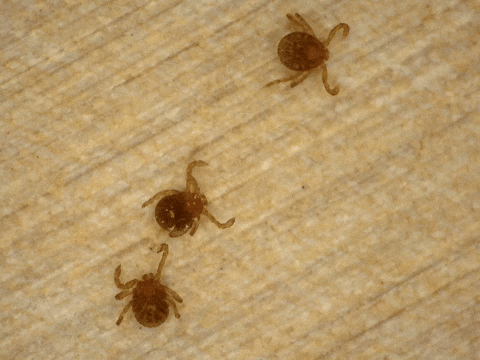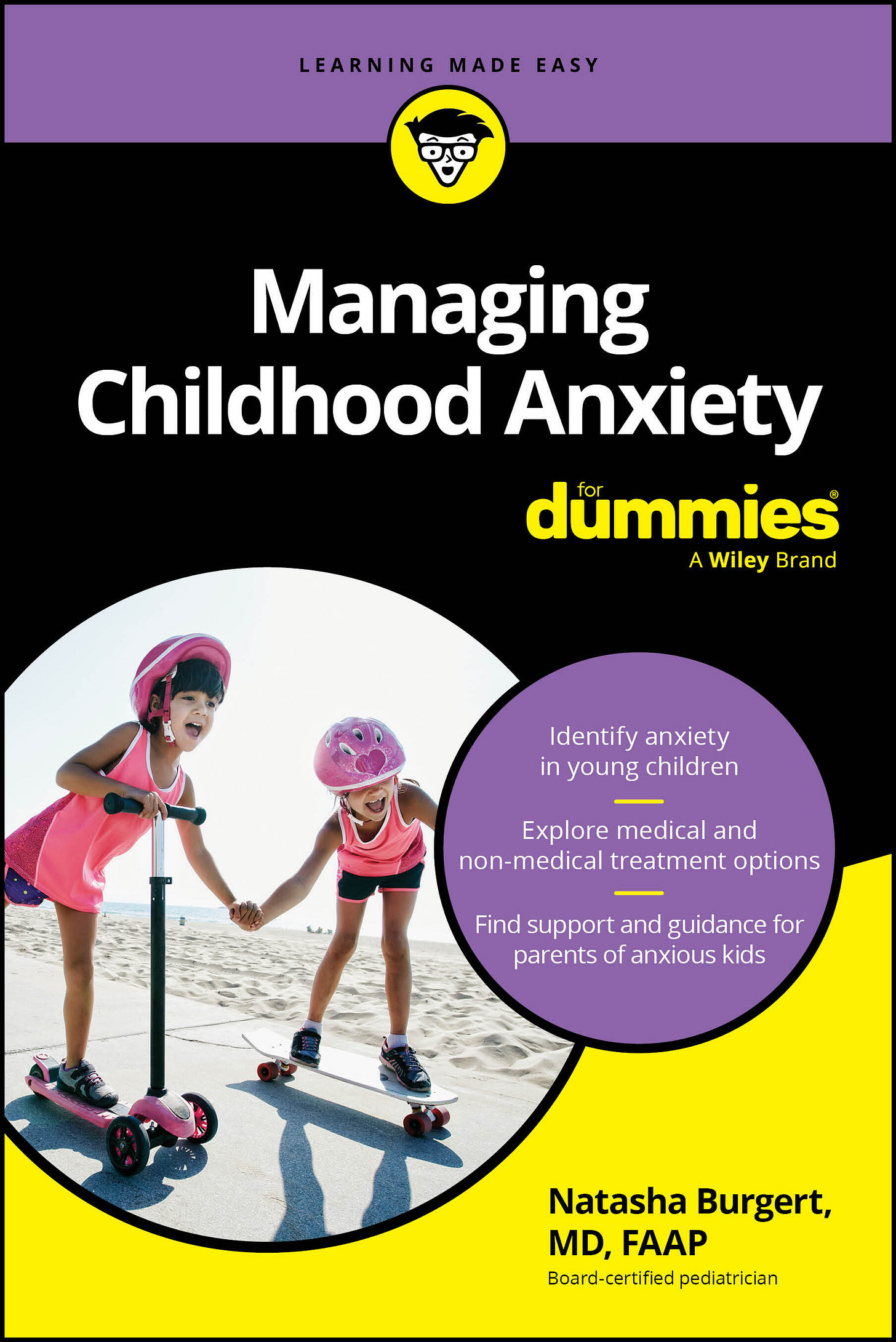Let’s all agree — ticks are gross.
After a long, wet spring, they’re out in force: sneaky, sticky little hitchhikers showing up in new places and on more kids. When the ticks bite, my exam room fills up with one big question: Does this bite need antibiotics?
Ticks carry a variety of diseases. Of course, Lyme disease is the headliner, but we can’t forget the other nasty things spread by ticks, like anaplasmosis, babesiosis, tularemia, and Rocky Mountain Spotted Fever. Reassuringly, these diseases are not common in kids. However, taking action to prevent tick bites, and appropriately treating kids who get bit, is especially important in the summer and fall seasons.
The Hard and Fast Rules
Antibiotics should be given to kids to prevent illness after a tick bite when:
The bite occurred in a Lyme-endemic area AND the tick was attached for longer than 36 hours (preferably blood-engorged) AND the tick in question is identified as a Lyme-carrying species AND it’s been less than 72 hours since the tick was correctly removed.
Antibiotics should given as treatment if a person has classic symptoms of a tick-borne illness, within the expected timeline of illness presentation. Symptoms may include:
Rash
Fever
Fatigue
Swollen lymph nodes
Headache
Muscle and joint aches
The Reality
Kids don’t come into the clinic with simple, straightforward stories. These are the types of situations that are actually in my office:
He had a tick bite last week, and now he has a fever. Does he need medicine?
She has a rash and was at camp all last week, but I don’t know if she got bit. Do we treat her for Lyme disease?
He was covered in ticks after being at Lake of the Ozarks, but then we went to Martha’s Vineyard. I found another tick when we got back, but I’m not sure if it’s was new or old. And, I don’t really remember what it looked like. What do we do?
Situations like these are why the decision to treat tick bites is not easy. We know that tens of thousands of kids get millions of tick bites every year, and most don’t need to be treated. Antibiotics have side effects, so we don’t want to use them unnecessarily — that can make future infections harder to treat by building antibiotic resistance. But, we don’t want to miss an opportunity for prevention. So, what should you do?
After a Tick Bite
Don’t panic. Really. The odds are in your favor, and you have time to make the correct decision with your primary pediatrician. Unless your child appears very ill, no ER visit is needed.
Properly remove the tick as soon as you find it. Ticks spread germs by regurgitating into the host. You read that right - tick puke. Correct removal of a tick is essential to limit the possibility of germ transfer, so technique is important. Find out more here.
Clean the area well after removal, then do a head-to-toe tick check to look for more. Don’t forget diaper lines and waistbands, in and behind the ears, between fingers and toes, and in the groin, belly button, scalp, and armpits.
Look at the tick before you dispose of it. Unless you dabble as an entomologist, tick identification is not easy, especially if the tick is swollen or crushed. But, try your best to determine the type of tick that took a bite. Bug friends at K-State have some insight.
Ask the Tick Bite BOT. This helpful bot from the CDC goes through a series of questions to determine if your child needs treatment. It’s a helpful start before you reach out to your pediatrician.
WAIT. This is your primary action plan. Unless you know your child meets one of the hard and fast rules, watchful waiting is the name of the game. Tick-borne illnesses are not instantaneous, they can can take up to 30 days to show up — that’s a long time. So, be mindful to watch for symptoms after a bite, including significant rashes or flu-like illnesses.
Expect some local inflammation. Kid skin is sensitive to bug bites. It’s not uncommon to have some local inflammation at the sight of the bite for the first 2-3 days, with mild swelling and irritation. Over-the-counter hydrocortisone cream can help. Watch out for increasing redness, pain, or drainage that may suggest a skin infection.
Treat and check your pets. Of course, we don’t want them getting sick. Also, ticks will move to find food, so we don’t want them brought into your living room.
Use insect repellant to protect from future bites. Products with DEET or picaridin will repel ticks and other nasties. These products are safe for kids as young as 2 months, if needed, but use layered protection for Littles as well. Plant-based repellants are less effective.
If your child develops flu-like symptoms or a rash after a tick bite, check in with your pediatrician. Your child’s doc will be able to offer guidance, test for more common causes (like strep or covid), and determine an action plan. Treatment for suspected tick-borne illnesses with long courses of antibiotics or escalating symptoms often requires consultation with your local infectious disease experts. Your pediatrician will be able to guide you.
The Bottom Line
The choice of antibiotics after tick bites is a great example of evidence blended with joint decision making. For those of you in endemic areas, the decision to treat may be quite simple. For those of us in the Midwest, the decision may be more difficult. But, in the vast, vast majority of cases there is time to watch your kids closely for any changes in symptoms or behaviors that may change the plan.
Other Important News
One of the best things about science is how it constantly refines itself. Evidence gets tested, retested, and strengthened over time. A great example? A large recent Danish study confirms that aluminum in childhood vaccines is not linked to autoimmune, allergic, or neurodevelopmental disorders — reinforcing decades of prior research and strengthening our confidence moving forward. You can check out the study (and its great visual abstract) [here], and learn more about aluminum in vaccines [here].
AND
My upcoming book Managing Childhood Anxiety (For Dummies), launches next month. Preorders matter, and I truly appreciate all of you sending notes and messages of your early purchase. Y’all are the best.
This book is packed with a variety of relevant and actionaable topics. Let me know, which one are you most interested in hearing about?
I can pull some of the nerdy, deep-dive content that was cut from the book to share here. I’ve truly enjoyed researching and creating this guide for you, and I’m excited to get it out into the world.
As always, hit the heart if you learned something new, and share this with someone you know. The growth of this community is what fuels my effort.
Onward,







